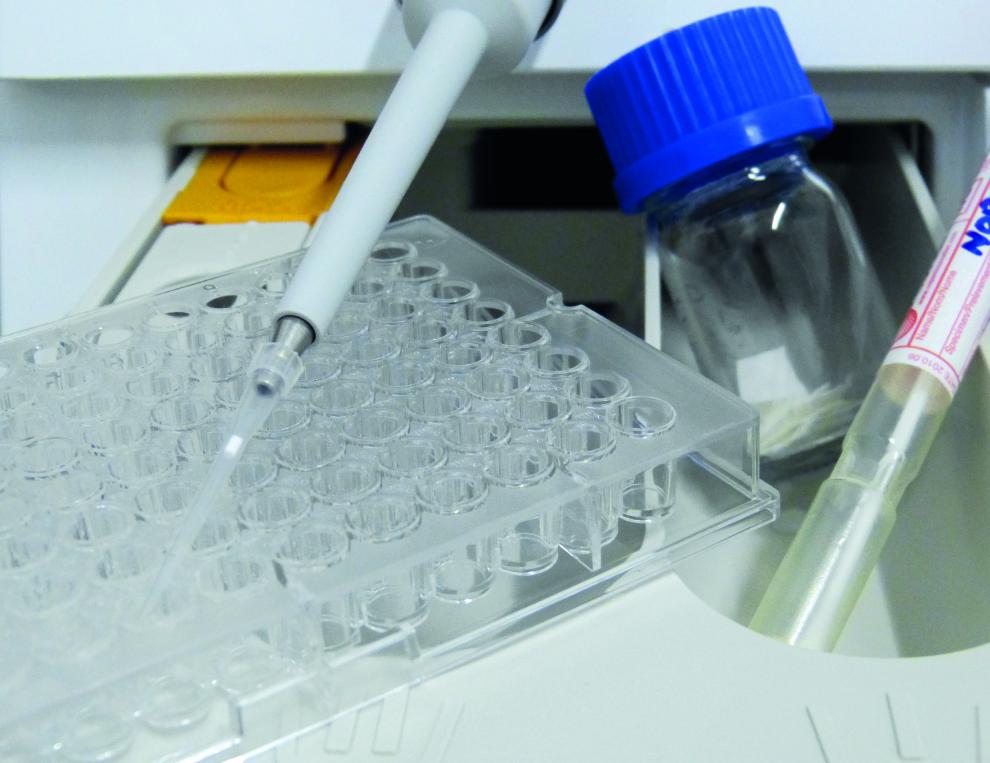Antibiotic resistant bacteria in domestic appliances (press release)
Do household washing machine and dishwasher pose potential health risks?
The Faculty of Life Sciences at Rhine-Waal University of Applied Sciences recently investigated the prevalence of antibiotic resistant bacteria in domestic washing machines and dishwashers. While researchers found no direct evidence of health risks, they did find ways consumers can effectively reduce potentially harmful bacteria.
Researchers from the hygiene and microbiology working group of the Faculty of Society and Economics at Rhine-Waal University of Applied Sciences, in conjunction with the medical center Dr. Stein & Colleagues in Mönchengladbach, recently investigated the prevalence of antibiotic resistant bacteria in domestic washing machines and dishwashers. Researchers focused in particular on methicillin-resistant Staphylococcus aureus (MRSA) as well as beta-lactamases, or enzymes produced by bacteria which can break down and deactivate the antibiotic properties of penicillin or carbapenems.
While researchers found no traces of MRSA in the tested washing machines and dishwashers, they did find a surprisingly large amount of beta-lactamase producing microorganisms. In fact, these microorganisms were found in 96% of all dishwashers tested, and 79% of all washing machines. To test the impact of the laundering process on bacteria, researchers washed cotton samples coated with both resistant and non-resistant bacteria and washed with and without oxygen bleach and at temperatures between 20 and 50 degrees celsius (about 70 to 120 degrees Fahrenheit). Researchers found that one wash cycle at higher temperatures was effective at reducing nearly 100% of all bacteria, but also that antibiotic resistant bacteria were generally more difficult to reduce than non-resistant bacteria.
“While the results show that using domestic washing machines and dishwashers poses no direct health risk to consumers, the research shows that appliances should be cleaned and run at high temperature settings regularly”, advises Dr. Dirk Bockmühl, Professor of Hygiene and Microbiology at Rhine-Waal University of Applied Sciences and head of the study. “Antibiotic resistant bacteria are more robust and can withstand the usual laundry conditions better than non-resistant bacteria, but higher temperatures and detergent with oxygen bleach are proven to reduce both types of bacteria effectively.”
The study concludes that consumers, particularly in households with infants or elderly family members, should launder clothes with powder detergents and at temperatures of 40 degrees or higher. As for dishwashers, researchers found that standard settings were very effective at reducing harmful bacteria. Dr. Bockmühl points out that dishwashers are often the best way to sterilize dishes and utensils—particularly after coming into contact with raw meats.
Here you can find the original publication.

